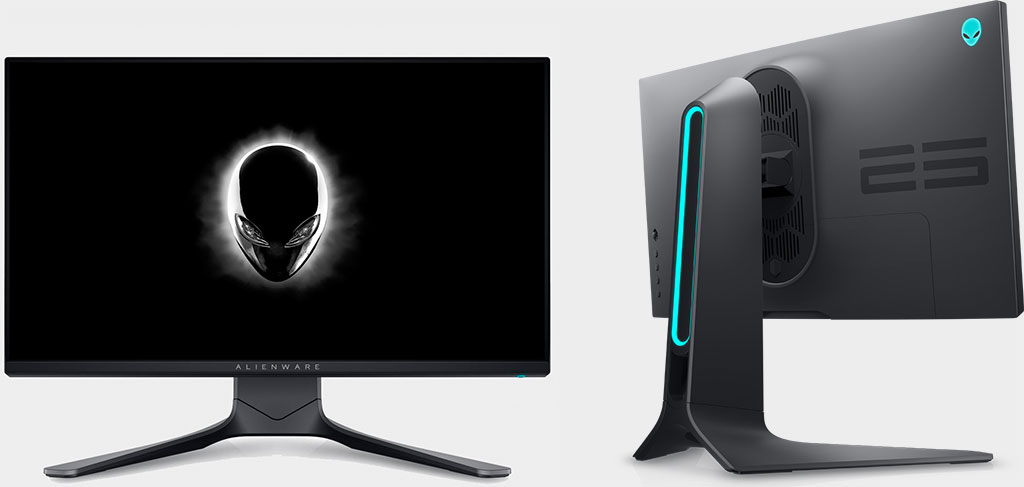Alienware and Asus are in a race to release the first 360Hz monitor
We're going to need faster GPUs.

Alienware is prepping a gaming monitor with a breakneck 360Hz refresh rate and my first thought is that the consumer version of Nvidia's Ampere architecture can't arrive fast enough. Same goes for AMD's next-generation GPUs, because that sound you hear is the collective gasp of today's graphics cards reacting to the news. Or at least mine did (a respectable GeForce GTX 1080 Ti).
This will be an upgraded version of the Alienware 25 (AW2521H). It will feature a 24.5-inch IPS screen and support for Nvidia's G-Sync technology, which matches the monitor's refresh rate to the GPU to prevent screen tearing.
Beyond those tidbits, along with Alienware's promise that "PC games will run buttery-smooth with virtually no screen tearing or blurring, with consistent colors from every angle," there's not much in the way of details.
I strongly suspect Alienware is sourcing the same panel (from AU Optronics) that Asus is using for its ROG Swift 360, the only other gaming monitor with a 360Hz refresh rate that I'm aware of being in production. Asus announced it at CES in January, but has yet to release it or announce pricing.
If Alienware is using the same panel, it will have a 1920x1080 resolution. That will almost definitely be the case even if Alienware is getting its panel from another manufacturer, because taking full advantage of a 360Hz refresh rate is a tough ask even at 1080p.
These monitors are clearly aimed at competitive gaming in the esports category, where hitting ultra-high framerates is a more realistic scenario.
"Counter-Strike: Global Offensive, Rainbow Six: Siege, Overwatch, and Fortnite are just a few of the competitive games that can achieve 360fps on GeForce RTX hardware, enabling gamers to take full advantage of the new 360Hz displays, and to benefit from the improvements our research found," Nvidia stated in a blog post earlier this year.
Keep up to date with the most important stories and the best deals, as picked by the PC Gamer team.
Nvidia also published a study that found gamers have better K/D ratios at higher framerates. Of course, Nvidia has an interest in that kind of result, and correlation doesn't necessarily mean causation, the latter of which is a point Nvidia also noted.
"But put in the context of fps benefits such as animation smoothness, reduced ghosting and tearing, and lower system latency outlined in the article, the positive relationship shown in the chart makes a bit of sense," Nvidia contends.
I have not had the luxury of trying a 360Hz display myself. However, our friends at LaptopMag did, and for the most part found that they performed better in CS:GO at 360Hz versus 60Hz. The caveat, though, is that the difference might not be as pronounced when comparing to a 240Hz display, like AOC's Agon AG273QZ, or even a 144Hz monitor.
Anyway, like Asus, Alienware has not yet announced a release a date or price, saying only that more details are coming.
Paul has been playing PC games and raking his knuckles on computer hardware since the Commodore 64. He does not have any tattoos, but thinks it would be cool to get one that reads LOAD"*",8,1. In his off time, he rides motorcycles and wrestles alligators (only one of those is true).


